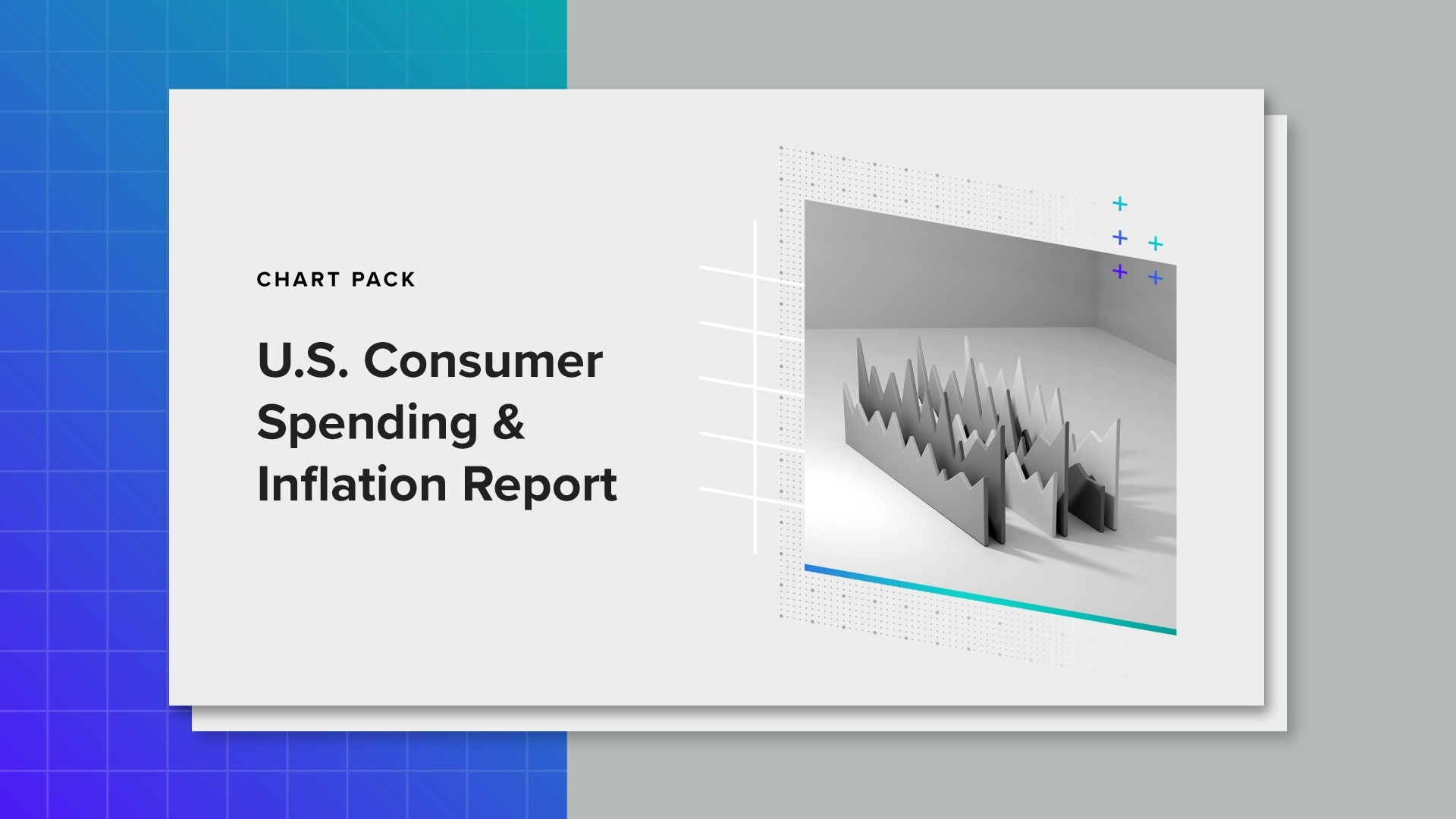
Economics
2023 Q3 Report: How U.S. Households Handle Emergency Expenses
Report summary
This report highlights key findings from the latest wave of Morning Consult’s Quarterly Survey of Household Emergency Expenses and Decisionmaking, run in collaboration with Bloomberg News. The report complements the data and analysis available on Morning Consult’s U.S. Household Emergency Expense and Decisionmaking tracker.
In July, U.S. adults were better able to cover an emergency expense with cash or cash equivalents than they anticipated. However, half of all respondents who covered an actual emergency expense with cash did so by cutting back on spending or dipping into their savings. While low-income adults are the most pessimistic about covering a hypothetical $400 emergency expense with cash, they lag behind their higher-earning counterparts only slightly when it comes to an actual emergency expense.
Key Takeaways
- Compared with a hypothetical $400 emergency expense, U.S. adults are more likely to pay for an actual emergency expense with cash.
- Middle- and low-income households are more pessimistic about paying for a hypothetical emergency, but there’s less differentiation across income groups when examining payment methods for an actual emergency expense.
- In order to cover an unexpected expense with cash, low earners pulled back on spending and dipped into their savings more than higher earners.
About the author
Sofia Baig is an economist at decision intelligence company Morning Consult, where she works on descriptive and predictive analysis that leverages Morning Consult’s proprietary high-frequency data. Previously, she worked for the Federal Reserve Board as a quantitative analyst, focusing on topics related to monetary policy and bank stress testing. She received a bachelor’s degree in economics from Pomona College and a master’s degree in mathematics and statistics from Georgetown University.
Follow her on Twitter @_SofiaBaig_For speaking opportunities and booking requests, please email [email protected]


